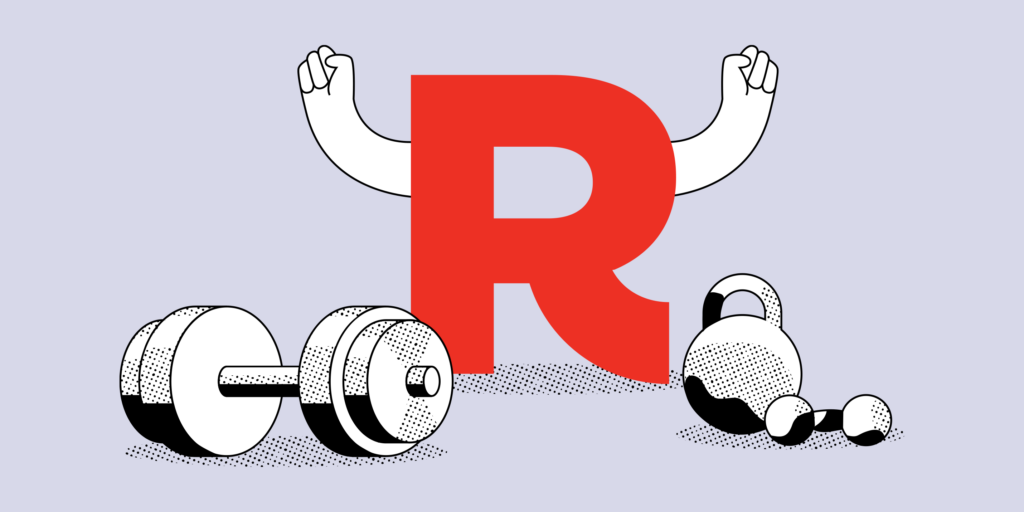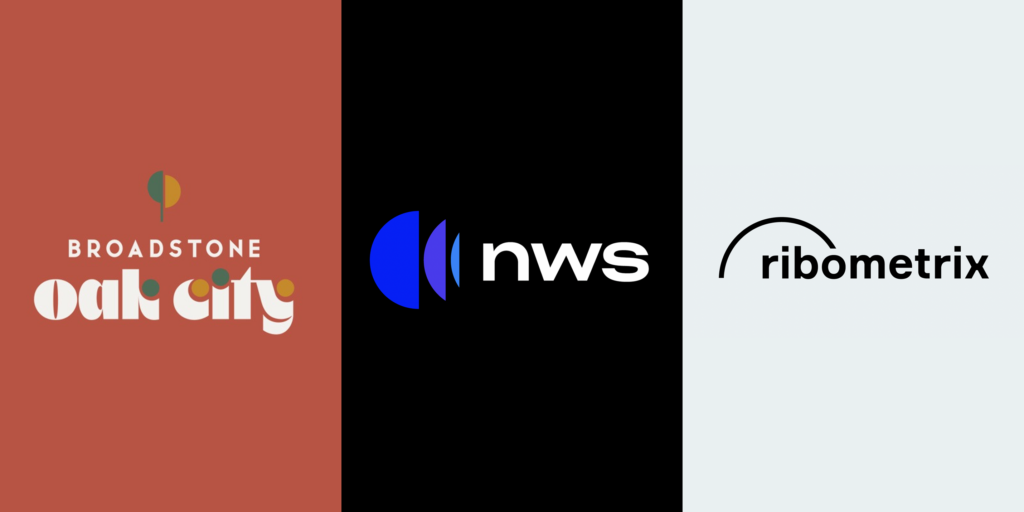The iconic blue covering every Tiffany & Co. box, a fluorescent yellow “M” on the side of the highway, the curly font of Disney’s unforgettable logo; in all directions, there are strong examples of companies who have invested in designing brand identity.
Developing a strong brand identity, or the personality of your brand, is imperative for companies and organizations across industries. Doing so differentiates you from competitors, keeps your communications consistent and attracts customers. And in the digital age, companies can leverage a solid brand identity to reach a target audience across online marketing and social media platforms.
Some argue that brand identity is all about a color palette, like that memorable Tiffany blue. Others say it’s about a logo or distinctive typography. Even still is the argument that brand identity is about messaging and the values a brand prioritizes to the world. But to design a strong brand identity, all of these elements must be considered.
Learn more about what brand identity is all about and how you can harness its power to elevate your company with our strategies for getting started.
Understanding Brand Identity
I’ve already named an extensive list of elements that are included in brand identity, but what is the definition of this term? Let’s start by defining a brand. According to HubSpot Blogs, “a brand is a feature — or set of features — that distinguishes one organization from another. A brand is typically comprised of a name, tagline, logo or symbol, design, brand voice and more.”
Furthermore, brand identity is two-fold: a brand’s personality and the values it conveys to customers. If your goal is to impact customers during and after a sale or service, brand identity contributes to that impression.
When clicking to the “about” tab of most websites, you will likely be able to find their mission statement, core values and slogan. You may also find information about who they serve or what needs they meet. If it’s The Coca-Cola Company About Us page, you will see language about “refreshing the world” as well as information on their commitment to making a difference for people and the planet. Streamlined language like this is an important part of brand identity. It communicates what you stand for.
But there is more than copy on your website. Brand identity also has a visual side, which is where assets like logos and color schemes come into play. HubSpot expertly explains the difference between brand identity and visual identity, “If brand identity is the personality of your business, visual identity is the visible expression of that personality.”
Logos, color schemes, imagery, icons, typography and even a physical storefront are all part of visual identity. Ideally, your brand is visualized by a logo that is versatile and memorable, a color scheme that matches its personality and fonts that do the same. But how can you make this ideal a reality?

6 Strategies for Building a Strong Brand
- Define Your Brand’s Purpose and Values
First thing’s first, you have to articulate your company’s purpose and values. Compelling your audience through an emotional connection starts with defining what you stand for and what your goals are, then turning it into words. The look of your logo and the colors you choose will be based on your brand’s personality, which is guided by purpose and values.
Here’s a tip. Jennifer Aaker said sincerity, excitement, competence, sophistication and ruggedness are the dimensions of brand personality in The Journal of Marketing Research. Start by asking which dimension best fits your brand. Is it sincere like Hallmark, or competence like Google? Maybe it’s rugged like Jeep? - Understand Your Target Audience
Adobe Express defines a target audience as “a specific group of people who are most likely to be interested in and benefit from your product, service or message.” Similar, but not the same, a target market is the overall group your business wants to reach. As an example, an amusement park may want to reach families as their target market, but families with children under 10 years old as their target audience
After defining your target audience, how does it contribute to your journey of establishing brand identity? A defined target audience helps you design with them in mind! More specifically, it can align your brand identity with their core values, lead to successful marketing campaigns, score new customers and keep loyal ones. - Develop a Visual Identity
Visual identity, as defined above, speaks to the branding of your company that customers see, logos, colors and fonts. Arguably the most recognizable part of a brand, these elements set your overall aesthetic.
Color: According to HubSpot, color theory is no longer only about connection between colors and emotions, such as blue and calm, but also about color appropriateness. Their video on Decoding Color Theory recommends asking, “Which color best fit my product?” In other words, a toy company may want to avoid gray and navy as a color scheme, just as a law firm would steer clear of hot pink and neon green.
Typography: Choosing typography is about finding what looks good and fits your brand, like Disney’s curly font, and what is accessible to all readers. Instead of selecting one font for all of your marketing materials, choose a primary font and a secondary font for variation.
Logo: Once you’ve nailed down colors and fonts, apply these principles to a logo. Shopify recommends a logo be simple, timeless and versatile, allowing it to stand the test of time and look sharp on a spectrum of brand materials. Then, ask yourself if your logo is memorable. Does it stand out in a sea of brands? - Create Consistent Branding Guidelines
A style or brand guide, as defined in our blog on Design System Examples, is a collection of building blocks for a brand’s look and feel. This all-in-one resource lists fonts, color schemes, icons and more to guide the aesthetic of a brand. Below are some examples of style guides Rivers has created for our clients.
Developing a style guide, as well as a design system to document the way in which these assets should be used, keeps your branding consistent across platforms and mediums. - Establish a Brand Voice and Messaging
After defining your brand’s purpose and values, it’s time to articulate them in copy that embodies your brand’s voice. Is your brand humorous? Maybe it’s helpful? Communicate what you stand for with your target audience and do so in a tone appropriate to your brand. Whatever tone you choose must speak to them. - Continuously Monitor and Evolve Your Brand Identity
Check in on how well your advertising efforts are doing and make changes to branding if needed in order to continue connecting with your audience. While a nostalgic brand right down to their timeless glass bottles, Coca-Cola is an excellent example of a company that evolves with the times.
Coca-Cola wove a friendly and nostalgic tone through 49 slogans between 1886 and 2021. On their website, the brand says their slogans “have reflected not only the brand, but the times,” with the 1906 slogan reading “The Great National Temperance Beverage,” reflecting the United States’ aversion to alcohol around the turn of the 20th century.
No, you don’t have to go through dozens of slogans over a century and a half to keep your brand identity relevant, but an awareness of the social climate, the season and what’s trending never hurts.

Rivers Case Studies
Explore some of Rivers’ work with clients across industries to establish and reestablish their brand identity.
Broadstone Oak City
Previously a hotel site, Broadstone Oak City is a luxury apartment residence in northeast Raleigh. Rather than opting for a more traditionally residential look, which often feels uninviting and utilitarian, Broadstone embraced the philosophy of leisure and play, which attracted guests to the hotel in the first place.
Inspired by art deco illustration styles, decorative home patterns and Raleigh’s oak trees, Rivers selected patterns and colors that feel like a consumer brand. Further, we created a custom icon set, used both digitally and in the environment for wayfinding. Each icon showcases a Broadstone amenity at a glance.
Network Wireless Solutions
After acquiring Canadian Competitors Gap Wireless and JF Tech, Network Wireless Solutions (NWS) came to Rivers for a brand refresh. Our team was tasked with bringing these three companies together under one cohesive brand, one that would set the tone for the companies’ integration.
The Rivers team tackled this issue by including brand elements from the three companies, which resulted in a new brand that looks and sounds as modern as the infrastructure solutions NWS provides. For example, purple is one of the central colors in the semicircle logo, which honors Gap Wireless by combining its original red logo color with the blue of NWS.
Ribometrix
As a biotech brand harnessing the power of RNA-targeting technology, Rivers aimed to help Ribometrix’s brand identity honor their innovation. Starting with their logo, we selected a new yet similar typeface and kept the original arc but shifted away from the previous molecular shape in their design to a versatile and refined feel.
Because Ribometrix uses technologies to create novel treatments for rare diseases, they work in the realm of unknowns. As a nod to this, we included contrast between solid color and gradient to symbolize discovery. Finally, Rivers created unique icons for not only office amenities, but NWS’ RNA modulation technologies as well.
What Comes Next
Designing brand identity not only leads to consistent communications and a pleasing aesthetic, but helps your company stand out against competitors and attract, as well as retain, customers. Now that you are familiar with the ins and outs of what it takes to start designing your brand identity, as well as some examples of what the final product can look like, it’s time to begin your journey.
Designers, copywriters, strategists and project managers all work together to develop brand identity. With an in-house team of industry experts and an array of client experience across disciplines, Rivers is well-equipped to streamline your brand identity and ultimately draw audiences in. We would love to partner with you to establish your brand and visual identity, so connect with us through our contact form to get started.